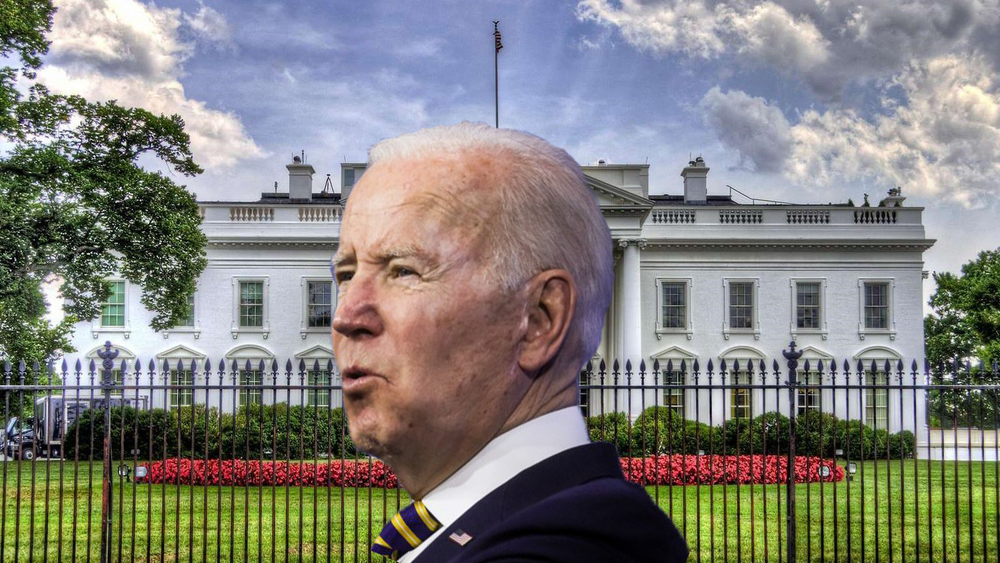
Trump’s Last Hope to Stop Biden May Be in Overturning Obscure Election Certification Process
With his legal challenges to Democrat Joe Biden’s Nov. 3 presidential election victory foundering, President Donald Trump’s campaign and his Republican allies have stepped up efforts to prevent local officials from certifying election results in key battleground states.
But the effort aimed at halting the ballot certification process, an obscure but critical part of electing the president, has failed thus far as judges have thrown out several lawsuits brought by the Republicans in recent days. The latest dismissal came in the state of Georgia on Thursday.
The lawsuits seeking to halt vote certification are part of the Trump campaign’s broader strategy of goading Republican-controlled state legislatures in battleground states into awarding their electoral votes to the president, even though he lost both the popular and electoral vote to Biden, according to legal and political experts.
The presidential election is won by whichever candidate can amass a 270-vote majority or more in the 538-member Electoral College. That is determined by the popular vote showing in every state and the District of Columbia. Biden won the balloting in Michigan by more than 150,000 votes and appears to be headed to collecting 16 electoral votes in the state.
In a long-shot bid to undo Biden’s electoral victory in Michigan – and potentially in several other states — Trump met with the Republican leadership of the Michigan state legislature on Friday afternoon — presumably to explore ways to supersede the popular vote in choosing electors.
After the White House meeting Friday, the Michigan lawmakers issued a joint statement.
“We have not yet been made aware of any information that would change the outcome of the election in Michigan and as legislative leaders, we will follow the law and follow the normal process regarding Michigan’s electors, just as we have said throughout this election,” they said.
“The candidates who win the most votes win elections and Michigan’s electoral votes,” they added.
Michigan Senate’s Republican Majority Leader Mike Shirkey, who took part in the White House meeting, said earlier this week that the legislature will not award the state’s 16 electors to Trump, and experts say the odds of a legislative revolt are slim.
Trump has challenged the vote count in half a dozen battleground states he lost to Biden: Arizona, Georgia, Michigan, Nevada, Pennsylvania and Wisconsin. The six states are set to certify their results over the next 11 days, which started with Georgia on Friday.
Dec. 8 is a do-or-die deadline for all states to certify their electoral college results, followed by Dec. 14, when the electors gather in their respective states to cast their votes for the president-elect.
How election results are certified
The United States has the most decentralized election administration system in developed countries, with each of the 50 states following its own system of tabulating votes and certifying results.
After the votes are cast, they’re first “canvassed” and then certified at the county or city level. Once they’re certified by a county board, the results go to a state entity such as a canvassing board or commission for certification. Depending on the state, the winner of the race is ultimately certified by the secretary of state or governor.
“It is this certification that provides the needed authority for swearing in newly elected officeholders,” according to the National Conference of State Legislatures (NCSL).
Once working in obscurity, canvassing boards have been thrust into the spotlight in recent days amid a deluge of Republican lawsuits seeking to stop them from certifying election results. In Michigan, the four-member Wayne County Canvassing Board on Tuesday approved the Nov. 3 election results but not before deadlocking along party lines. The Michigan State Canvassing Board is similarly divided along party lines.
Certification deadlines
Most states have certified or are in the process of certifying their results. In 33 states, including Georgia, Nevada, Pennsylvania and Wisconsin, counties must certify results within two weeks of an election.
In 13 others, including Arizona and Michigan, county boards must certify them within three weeks. The remaining four states, including California, give counties up to four weeks to issue certifications.
Depending on the state, state certification can take one or more days following certification by a county board.
Though a critical step in the process, state certification is a mere rubber-stamping formality when the election results are clear.
In Florida, a state Trump won by 371,686 votes, it took the secretary of state and the state’s three-member canvassing commission all of 30 seconds to certify the results during a two-minute telephone conference call Tuesday, according to the CBS-affiliated television station WTSP.
In Michigan, the county boards certified their results Wednesday, and the state canvassing board meets Monday to certify them. According to Michigan law, the governor, a Democrat, issues the formal certification.
Pennsylvania county boards have until Monday to certify their results and transmit them to the secretary of state’s office. The state doesn’t have a completion deadline, according to NCSL.
Arizona has no statewide certification deadline, but Arizona counties have until Nov. 30 to certify their results. A judge on Thursday rejected a Republican lawsuit to delay the certification of results in Maricopa County, the state’s most populous. The final certification will be issued by Secretary of State Katie Hobbs, a Democrat.
Finally, Nevada and Wisconsin face a Dec. 1 deadline to certify their results.
In Wisconsin, county clerks have until this Sunday to certify their results to the State Elections Commission, while in Nevada, counties have until Monday to send their results to the secretary of state. The Nevada system has an added wrinkle: the secretary of state presents the results to the state Supreme Court on Dec. 1 before the governor formally certifies them.
Contesting the outcome
Even after the election results have been certified, losing candidates can still contest the election outcome in court. To ensure a speedy resolution, some states have deadlines for initiating and concluding contests, according to NCSL.
In Arizona and Georgia, for example, losing candidates have up to five days after the results have been certified to mount a contest, while in Nevada they have five days after a recount, according to NCSL.
The ‘Safe Harbor’ deadline
This is the deadline for states to resolve any election disputes and to designate their presidential electors. This year the deadline falls on Dec. 8, six days before the critical Electoral College meeting.
After this day, states can’t change their laws for the purpose of choosing electors, said Kimberly Wehle, a law professor at the University of Baltimore and author of What You Need to Know About Voting – and Why.
“That is the deadline whereby a state can meet to decide to swing the electors to Trump on the theory that there is no legitimate count,” Wehle said. “In a state with a Democratic governor, the question would be whether a Republican legislature could do it without the governor signing it into law.”
Zach Smith, a legal fellow at the conservative Heritage Foundation, added that a candidate could still get a majority of the Electoral College votes and win the presidency even if a state didn’t certify its results.
“If a state didn’t certify and it caused the candidate to fall below a majority of Electoral College votes, obviously, that’s a much more serious situation,” Smith said.
The electors meet
While the popular vote for president was held Nov. 3, the more important electoral vote takes place Dec. 14. That is when the 538 electors meet in their state capitals to cast their ballots for the president-elect. To get elected, a candidate needs at least 270 votes. Biden has clinched 306 votes to Trump’s 232.
Presidential electors pledge to vote for the winner of the popular vote in their state and in some states are punished if they don’t comply. Since the founding of the American republic, there have been 156 such “faithless electors.”
Joint session of Congress
On Jan. 6, both houses of Congress meet to tally and certify the electoral votes. This is the final step in the process. Fourteen days later, the new president is inaugurated, assuming power at noon on Jan. 20.
Tags
America's Voice Newspresident trumpvoa newsvoa news 2020real america's voicetrumps last hopestop bidenoverturning obscure electionvoa news 11-23-20 Mnuchin Denies Trying to Hinder Incoming AdministrationNext PostTrump Makes Late-term Bid to Lower Prescription Drug Costs
Mnuchin Denies Trying to Hinder Incoming AdministrationNext PostTrump Makes Late-term Bid to Lower Prescription Drug Costs







